Gardening in November: what to plant and tidy in your garden this month
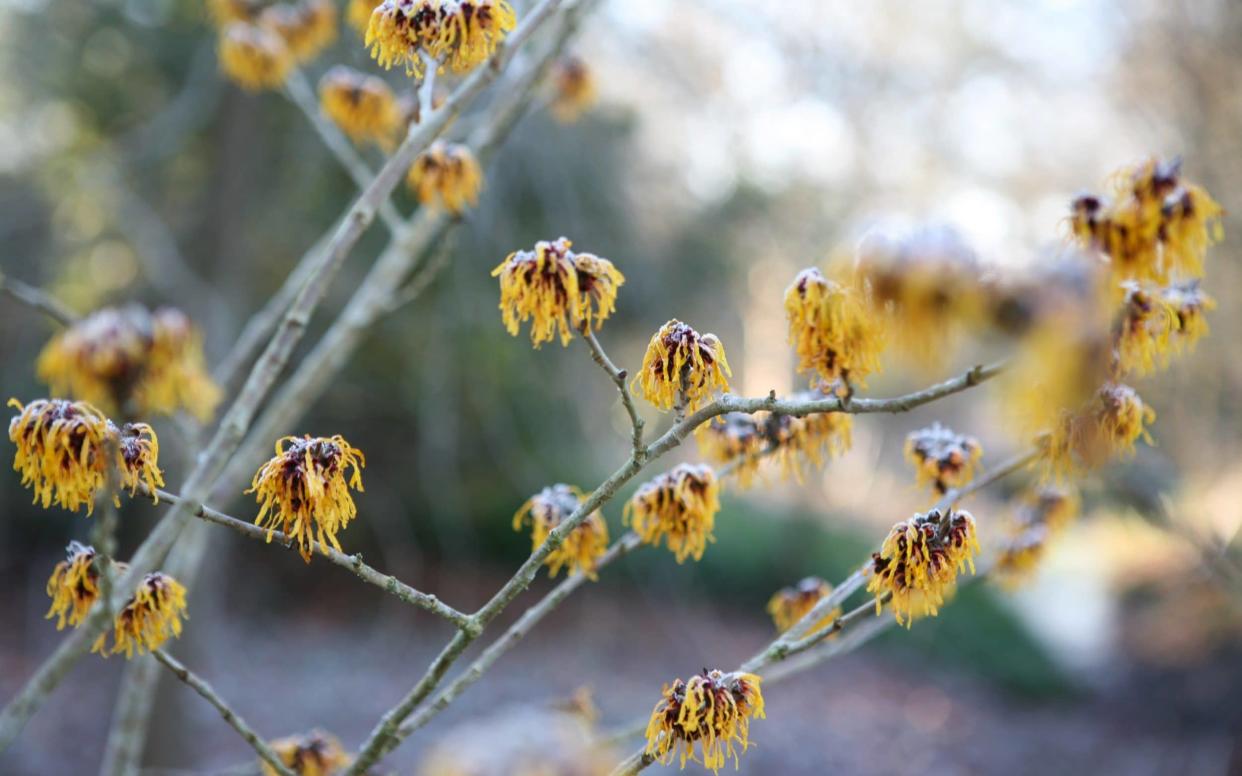
In these uncertain times, the short days of late autumn feel longer, colder, and frost seems mere days away. So far, November has been particularly stormy with high winds and constant rain, and as we go into the second national lockdown, households have more time to prepare the UK's gardens for the harsh winter ahead. Take a look at my favourite tips for November, there's plenty to keep you busy and active in the garden this month.
New yew
Plan, order and plant new hedges. If you have had trouble with box blight, this is the moment to rip out boxwood and start again. A yew hedge is slow-ish growing but has all the neatness and glossiness of box and more, and would be my choice should blight hit.
Clean pots
This is an excellent time for taking stock of the things you’ll need for next year. On a warm day, scrub terracotta pots and let them dry in the sun.
Barking mad
In winter when we long for colour, trees with beautiful bark are especially pleasing. Prunus serrula has glossy chestnut bark and stays compact, so it will fit happily into the average-sized garden. Cast an eye over the selection at Deepdale Trees, there's sure to be something you'll like.
Dry out gnats
Fungus gnats can be a great annoyance around winter houseplants, but they are generally a sign that you are over-watering. Cut down and let the surface of the soil dry out, or cover it with a thick layer of sharp sand.
Frost cover
Globe artichokes are not the toughest of plants, and they can be lost to a cold and wet winter, a particular risk on clay soils. Cover the crowns with a thick layer of dry mulch to keep the worst of the frost and the rain out, or even with a bell cloche.
Cover up
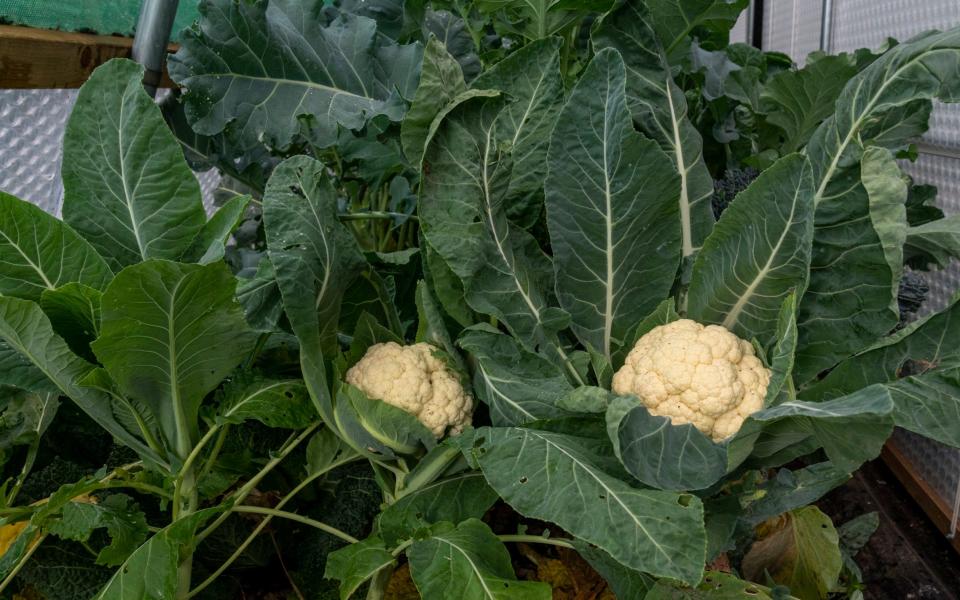
Cauliflowers have stopped growing now, although there is no great rush to harvest them just because they are ready. However, the curds can be spoiled by frost. Pull a few longer leaves across the centre and tie them down to give a little protection.
Plant berries
Gooseberry 'Hinnonmaki Red’ is a hardy variety well suited to northern conditions, which produces sweet, purple-red fruits on upright, easy to prune plants. This is the perfect time to plant them.
Stepover apples
This is also a good time to plant stepover apples, giving them the winter to settle in. Pomona Fruits has a great range. Choose several that will pollinate each other for bumper yields.
Cut holly
If you have a berrying holly it’s a good idea to cut some boughs for Christmas now, before birds and locals make off with them closer to the day. They will last perfectly well in a bucket of water in a sheltered corner.
Prune roses
Prune climbing roses, tying them into their supports as you go. The aim is to tie in a framework of branches and to shorten the side branches. You will need a long afternoon and a big dose of patience. There is a guide at rhs.org.uk.
More to do in November...
Cane prune
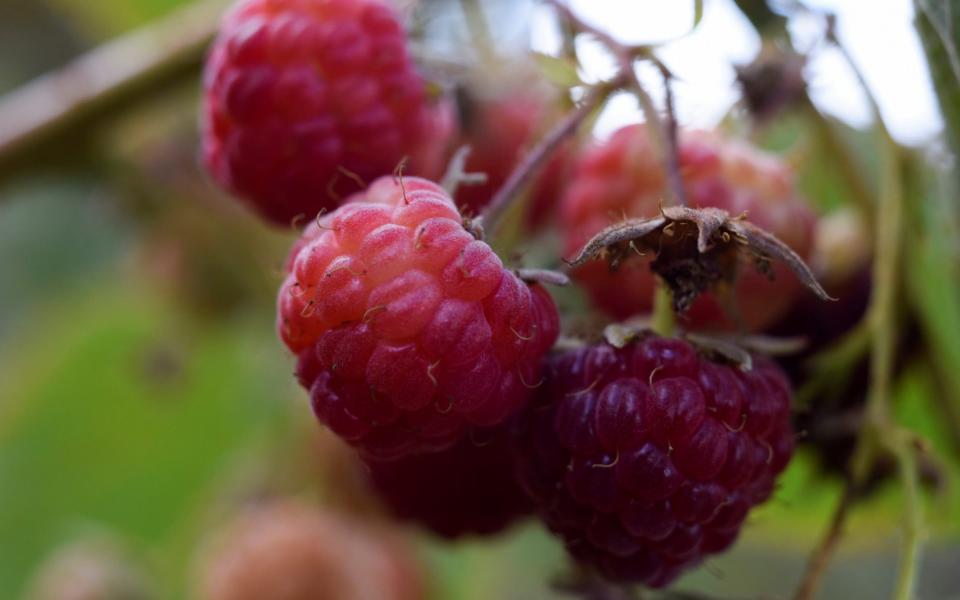
Prune autumn-fruiting raspberries to the ground once they have finished cropping. There is still time this year to plant new canes too, look for bare root plants. Available from victoriananursery.co.uk.
Bellis of the ball
Bellis are funny little things: daisies but with so many petals that they have turned into comical little pom-poms. They will flower a little through winter, plenty in early spring. I like the white ones that are a little less full flowered so that you can still see their yellow centres and picture their daisy origins. Look for them in garden centres now.
Tis the season
Winter flowering clematis, Clematis cirrhosa, is getting into its swing now. 'Jingle Bells’, with creamy flowers, is one of the hardiest, while 'Freckles’ has a long flowering period and pink-splashed blooms. Find them at thorncroftclematis.co.uk.
One bad apple...
Check your stored vegetables and fruits now to see how they are faring, because one rotten one will soon spread. Use or throw away any potatoes, apples, beetroot, and squashes that have soft or brown patches.
Chopped hazels
I have three hazels on my allotment which I cut down in rotation to use as supports. The time to chop them back is soon after the leaves have fallen – don’t leave it until the sap starts to rise in late winter or they will be softer and won’t last as long.
Big bulb time
Elephant garlic can be planted now and each clove will produce a huge bulb of mild flavoured cloves. It is better suited to wet soils than the average garlic, so worth trying if you have failed before. From pennardplants.com.
Nuts for birds
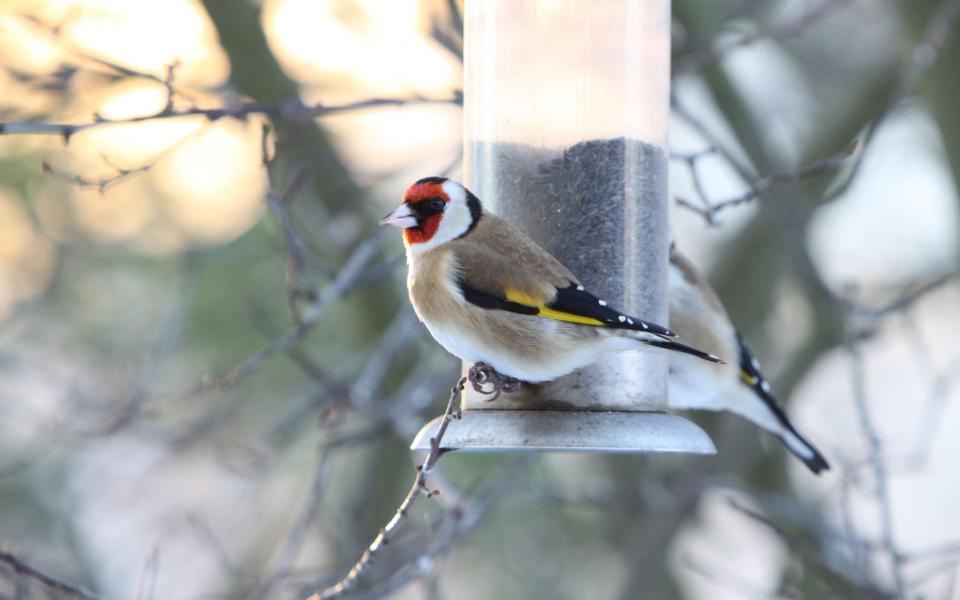
Fatty foods such as peanuts and chopped bacon rind help birds through winter nights. They also need wild bird food and fresh water. Clean out nesting boxes and part-fill them with wool, and small birds may use them for winter roosting.
Plant cuttings
Hydrangeas can be propagated now. Take a length of stem 1ft long, remove the tip and insert into a trench in a sheltered spot. Don’t be tempted to do a general prune, as the old flower heads protect the new flower buds over winter.
Bush craft
Grass and weeds grow between fruit bushes over the summer. If yours have become entrenched in compacted soil, cover them in a thick mulch. You will still have weeds, but you will be pulling them out of soft ground.
Remove nets
Now that the fruit harvesting season is well behind us, clear your garden or plot of all fruit nets. They can prove lethal to mammals and birds. Pick off dried leaves and debris and store the nets away for next year.
More to do in November...
Flying figs
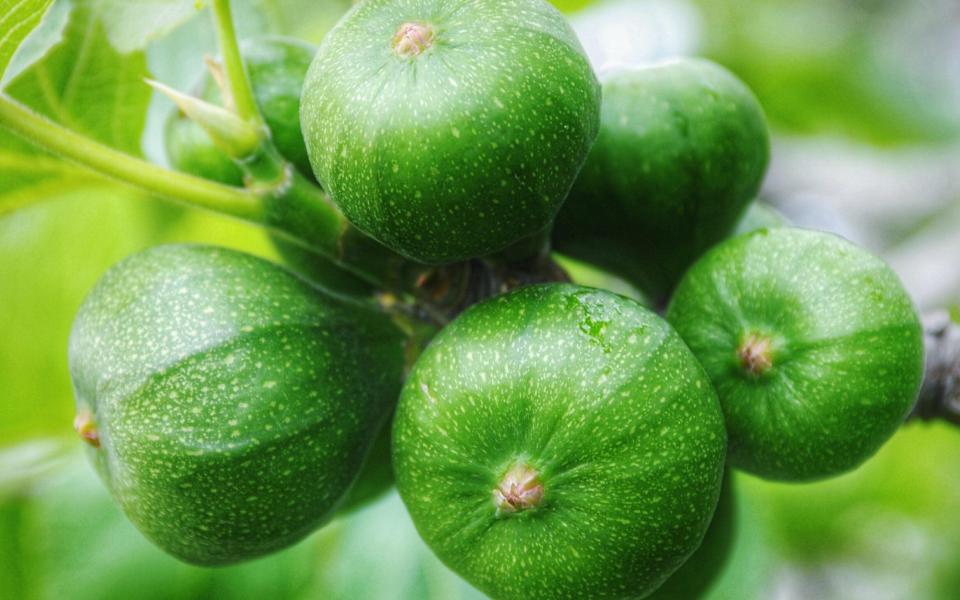
It is tempting to leave large, unripened figs on the tree over winter in the hope of early figs next year. Far better to remove them and allow the tiny, pea-sized embryo fruits to take all of the plant’s energy next spring.
Time for tulips
Tulips are so forgiving to tardy gardeners, being happy to be planted so much later than all the other spring-flowering bulbs. But this is the perfect time to plant, so try not to miss it. This year I fancy a bit of drama in my spring pots, so have gone for Tulipa 'Gavota’, which is an unusual Czechoslovakian hybrid with striking yellow and darkest red bicoloured flowers (peternyssen.com).
Frosty flavour
There is no rush to lift parsnips – they are as hardy a vegetable as there is, and turn ever more flavoursome with deepening frosts. They are one of the few veg actively improved by being subjected to winter weather, so lift them only as you need them.
Off the couch
Every allotment has its perennial weed problem, and on mine it is couch grass, which creeps in from paths. New bed edgings of reclaimed scaffolding planks, sunk into the soil, will drive it back and keep things manageable.
Heat treatment
All but the hardiest of us will have the central heating on by now, and while we luxuriate, houseplants suffer. Group plants to create a humid microclimate. Place on watering trays of expanded clay granules, and spray leaves with a fine mister.
Cherry treat
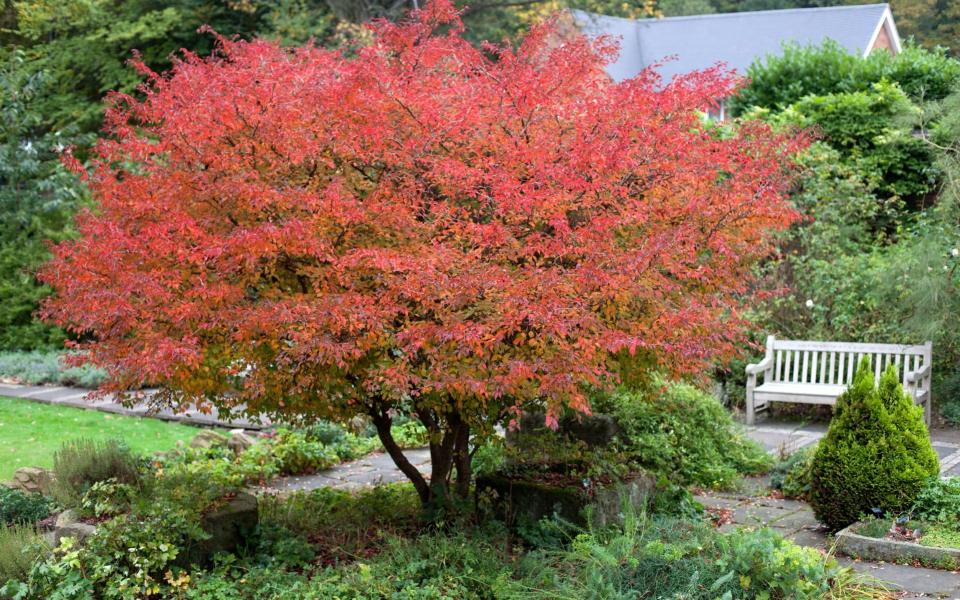
The Fuji cherry, Prunus 'Kojo-no-mai’, is one answer to the question “How can I make my little garden look like Westonbirt Arboretum?” Fiery-leaved now, it will bear delicate white flowers in spring (crocus.co.uk).
Cold comfort
Cover salad crops and oriental leaves with cloches. This will protect the leaves from winter weather, and will create the slightest of microclimates that will help them put on a small amount of growth during warmer spells.
Mind the gap
If you are going to use heat in the greenhouse, insulate it properly. Seal gaps with mastic. Replace broken panes. Use bubble wrap and spacers to create an air layer between wrap and glass (harrodhorticultural.com).
Nail that sucker
As leaves fall and the bones of the garden appear, go on the hunt for suckers. The rootstocks of grafted plants such as fruit trees (see quince, right) and roses can take over. Use sharp secateurs to prune them to the ground now.
Think pink
Pink currant 'Gloire de Sablon’ produces currants of a delicate blush hue, sweet enough to be eaten straight from the bush or draped elegantly over desserts. Plants can be bought bare root now (kenmuir.co.uk).
More to do in November...
Plant scilla

There is still time to plant tiny and pale Scilla tubergeniana (often called S. mischtschenkoana). This native of northern Iran and the Caucasus flowers in February, alongside Cyclamen coum and aconites. Plant straight into the garden (ideal as underplanting for deciduous trees) or alongside alpines, or pack them into shallow pots for a mass of very welcome late winter flowers.
Clear paths
Mossy areas on paving are the result of damp and shade, and they will always be mossy as long as the shade exists. Prune back overhanging branches to let light in, and blast slippery paths with a power washer.
Cold comfort
Evergreen agapanthus are tender and will need overwintering in a slightly heated greenhouse. Deciduous types are much hardier, but they can still suffer from frost damage, so cover the crowns with a dry mulch such as sand or straw now, to protect them.
Cool for winter
Many beautiful silver-foliaged bedding plants are on sale now to use as a foil to winter bedding, but consider making an entire basket of Centaurea cineraria subsp. cineraria, Helichrysum 'Silver Mist’ or Senecio 'Silver Dust’.
Hunt snails
Snails hibernate under rocks and stones over winter, waiting to re-emerge in spring, at much the same time as your seedlings. Turn them out now for the birds – you will reduce the population and potential future damage.
Bamboo shoots
Time to check bamboos. If you have a running type then search out questing shoots and dig them out. Digging a small trench around the plant will help to make such escapees obvious, but remember to check intermittently.
Pick off moths
Check onions for leek moth caterpillars, which will be pupating now, allowing you to pick them off. If you find any, plant alliums in a different place next year, and cover plants with fleece so that the moths cannot lay on them.
Let them lie
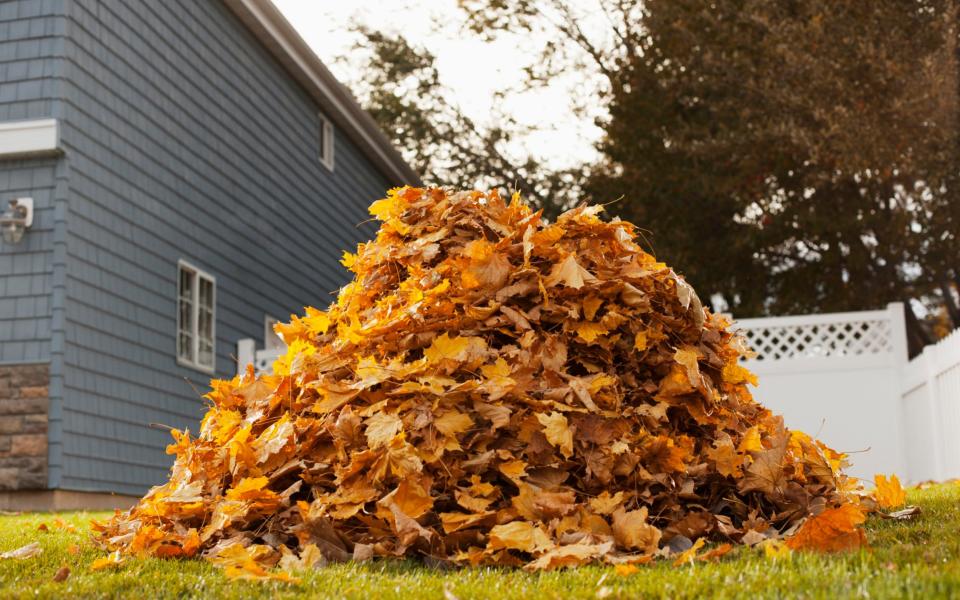
Let fallen leaves lie where they drop onto borders and bare soil. They will slowly rot down and help to keep border soil rich and moist. But you should clear them off lawns and from around the crowns of plants, where they can cause rots.
Asia delights
Asian pears produce delicious fruit, grow brilliantly in our climate, and can be planted now. Buy two different varieties for best pollination.
Top off sprouts
If you’re holding off until nearer Christmas to start harvesting your Brussels sprouts, pick the leafy tops now. There is little growing at this time of year so the plant won’t miss them, and they are delicious shredded and fried in butter.


